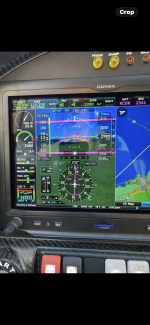FWIW this is my procedure:
When at a low altitude airport (close to sea level) I takeoff at full rich.
When at about 100ft I look at the EGT of one cylinder and note the temperature. Lets say 1,390 degrees but the exact number is not important.
When at about 1,000ft I lean until that same cylinder EGT is back to that temperature.
Every 1,000ft I lean back to that same temperature until at cruise altitude.
At cruise I lean until engine rough, then enrichen until the engine runs smooth again.
Yes, you have to have at least one EGT sensor to do this.
WHY?
Our engines run best at a specific fuel/air ratio. At sea level, full rich normally gives that ratio and a corresponding EGT.
As you climb the air gets thinner, the fuel/air ratio gets richer with a corresponding drop in EGT.
If you lean in climb to that EGT, you return the mixture to the fuel/air ratio you had while taking off full rich at sea level.
Leaning until engine rough, then enrichening until the engine runs smooth again is the approved Lycoming method of leaning at cruise for over 60yrs.
BTW, if you lean until engine rough, then enrichen until the engine runs smooth again you will notice that the EGT will be close to the temperature you had at the sea level full rich take off and during the climb.






